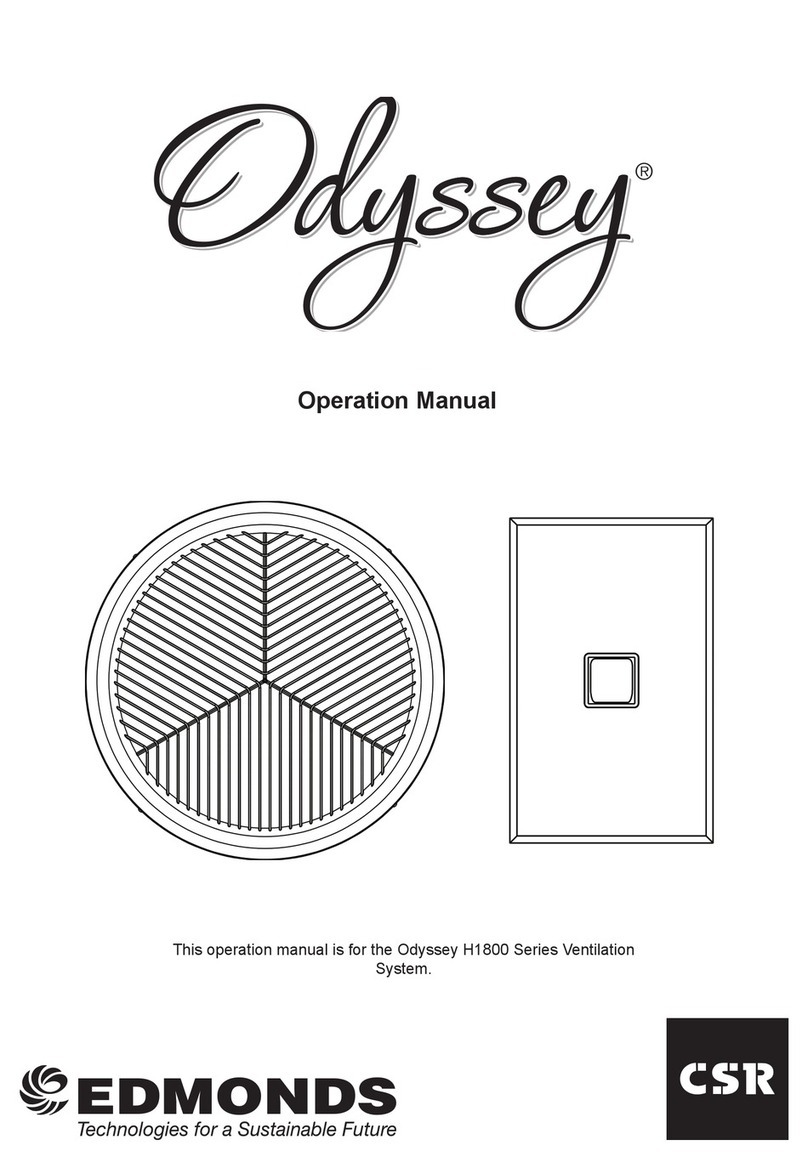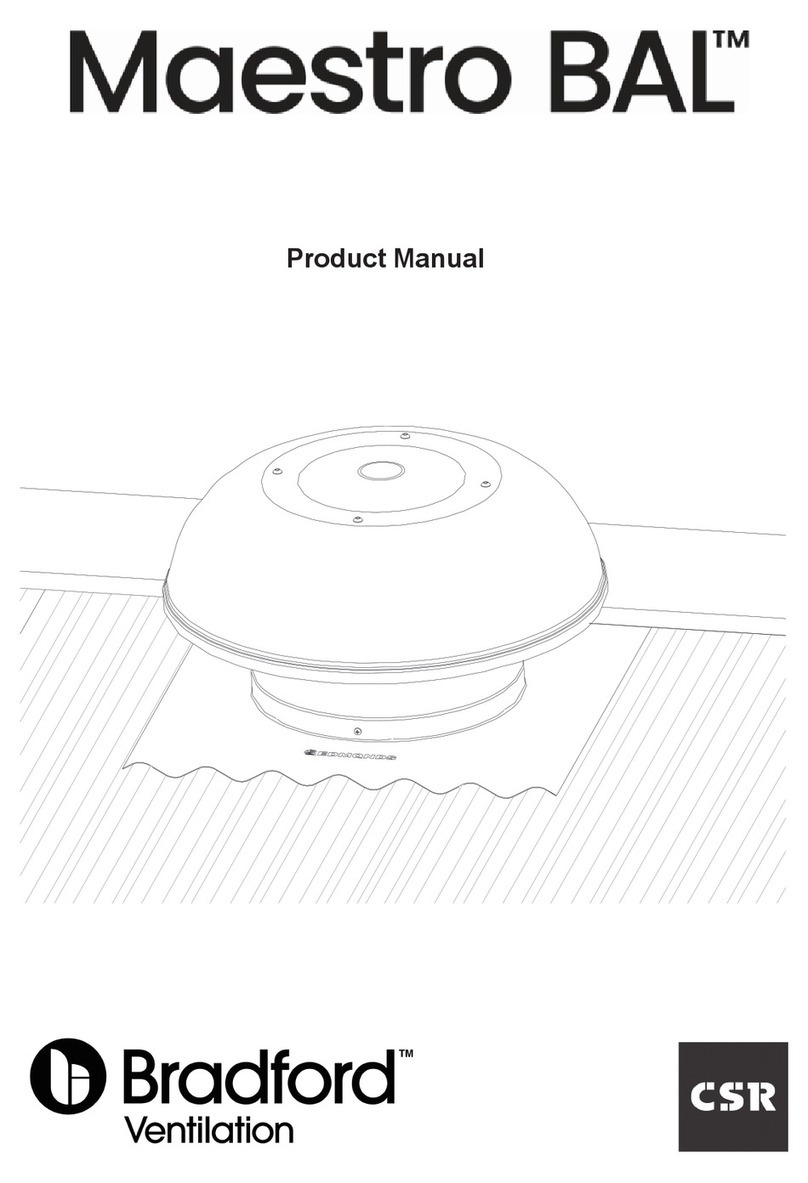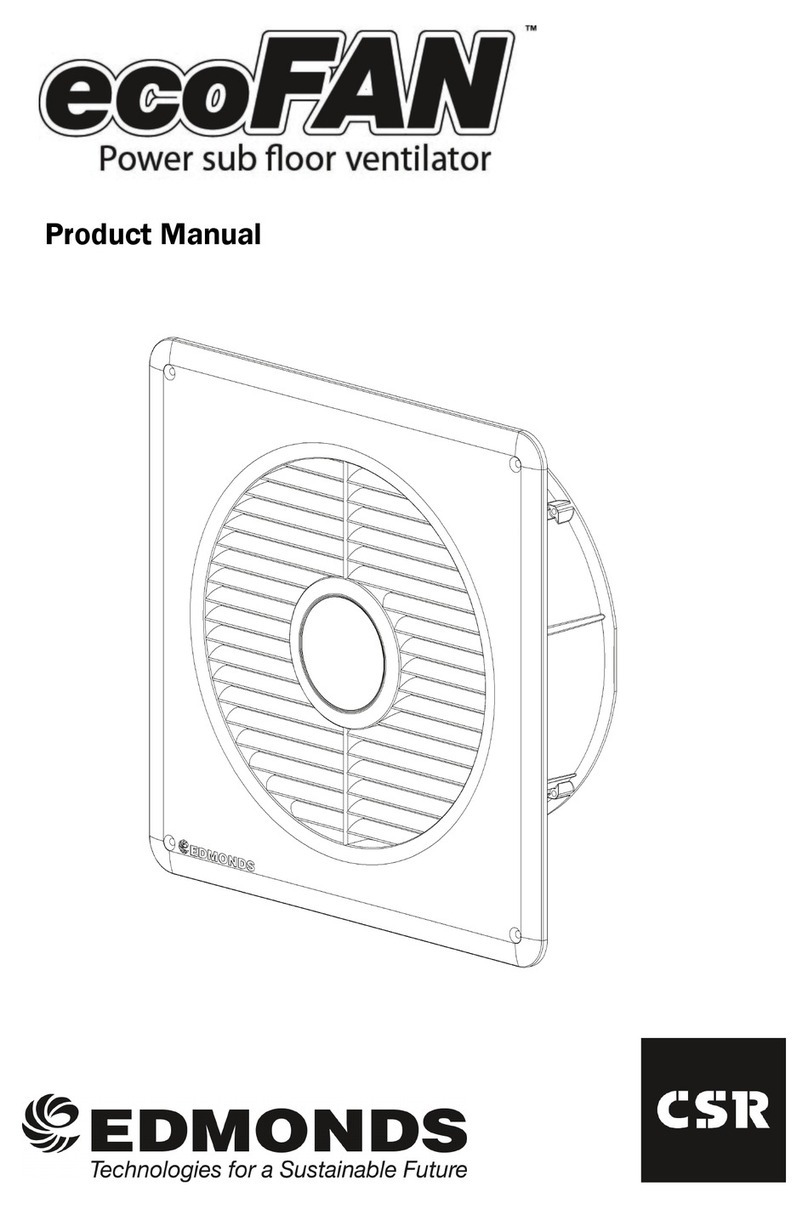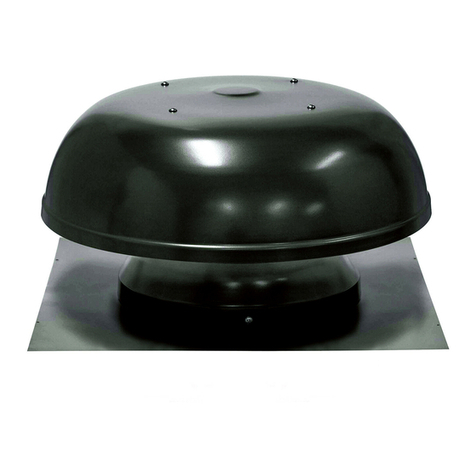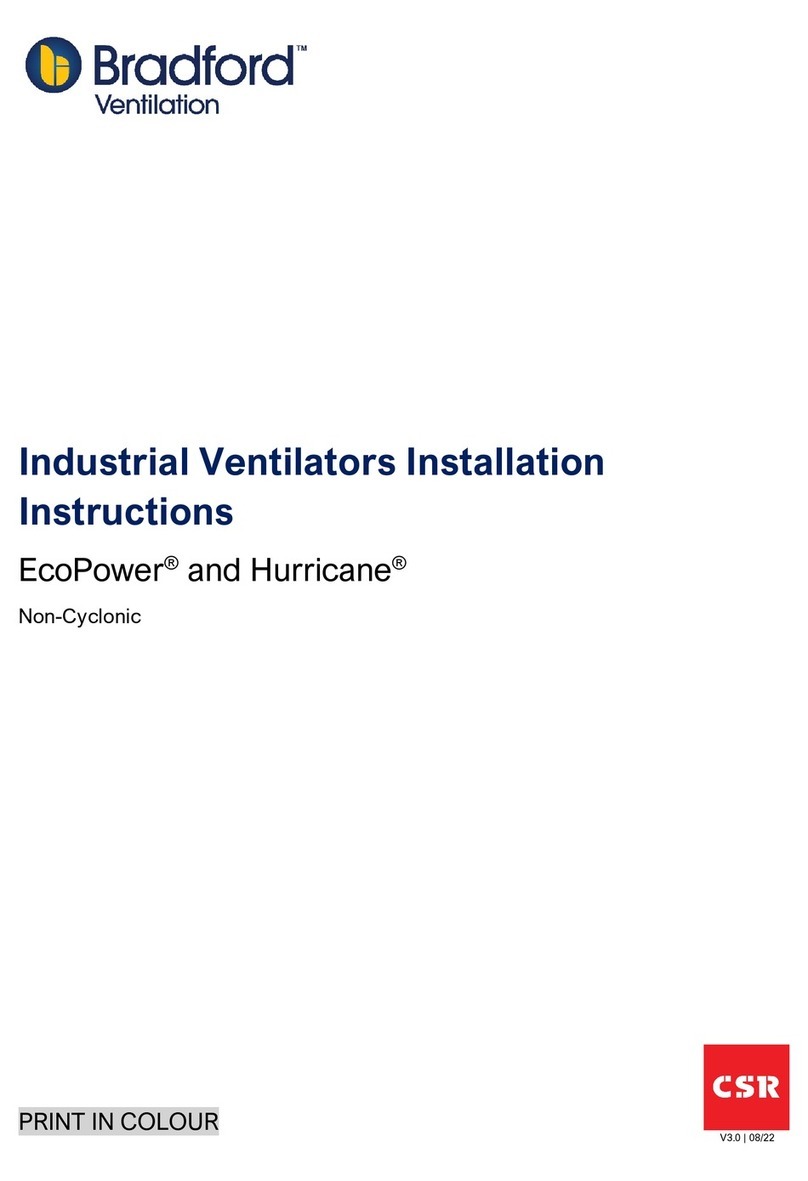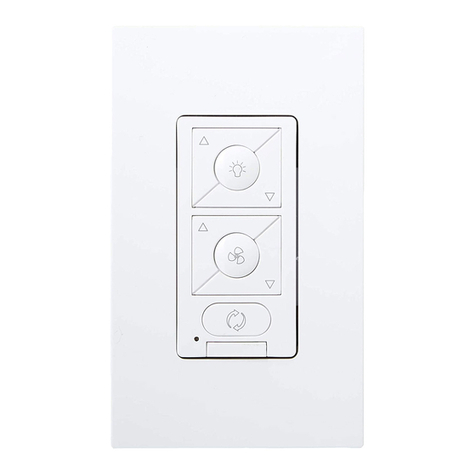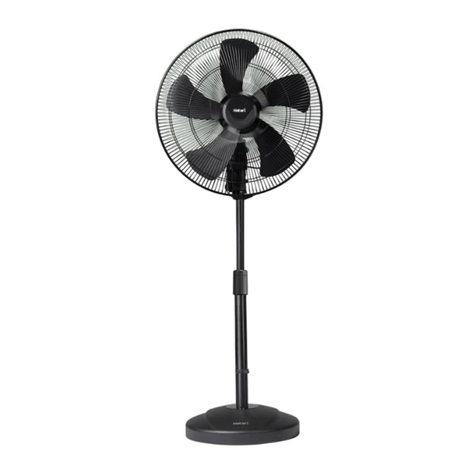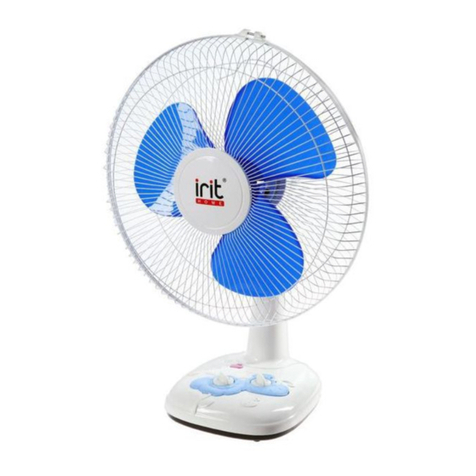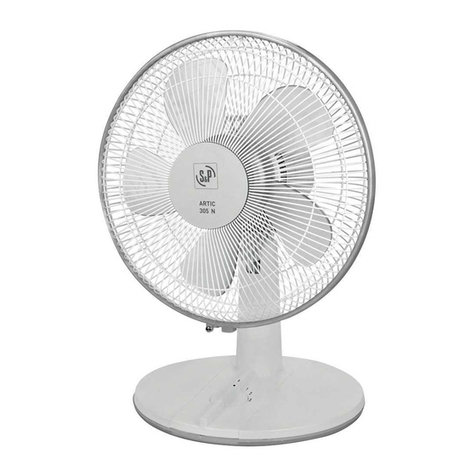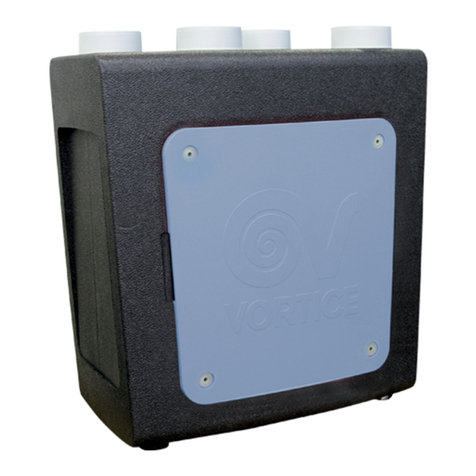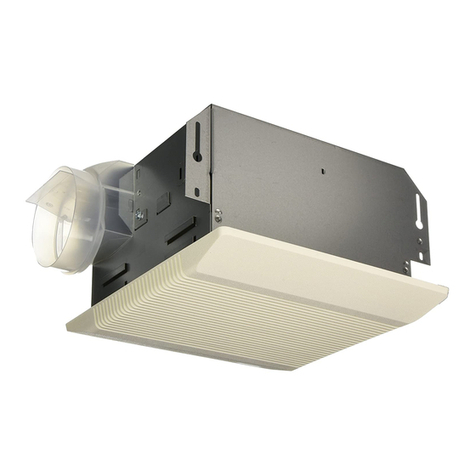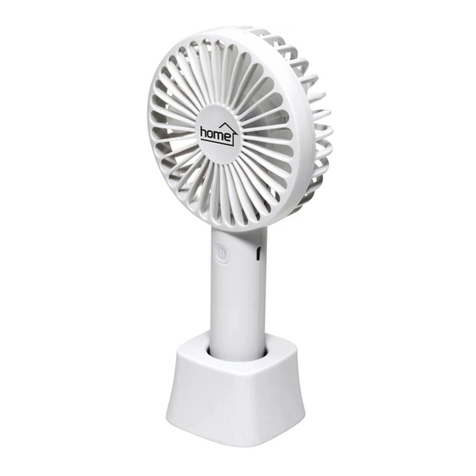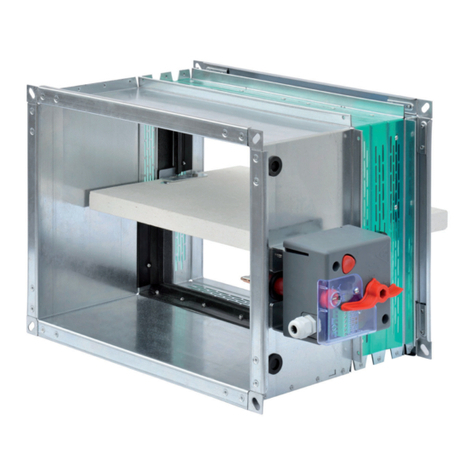CSR Bradford WindMaster User manual

Installation Manual
Residential Natural
Ventilator
(WindMaster, SupaVent, TurboBeam and TurboVentura)

2
Warnings and Important Notices
WARNING:
Do not proceed with the installation until you have read the entire
instruction manual, including these warnings.
The product warranty does not cover defects to the ventilators caused
by faulty installation or modication without the authorisation of
Bradford Ventilation.
INSTALL AT YOUR OWN RISK
The installation of this product may be dangerous and includes the potential
risk of death, personal injury or property damage. Please be aware of the
following before installing this product.
• Follow any State or Territory, Regulator or OH&S guidelines for working
atheight(e.g.roofwork),electrical,workinginconnedspace.
• Installation may require working at height and should only be
undertaken with the correct safety equipment.
• Do NOT attempt to install this product if it is not safe to do so.
• It is recommended that appropriate cut resistant gloves and safety
glasses be worn whilst handling these products and during
installation.
• WARNING:Beforecommencingtheinstallationalwayscheckroongand
other building material for the presence of asbestos prior to cutting. If
asbestos is present or the type of material is unable to be determined, do
not proceed with the installation and seek expert advice.

3
Installation - Tiled Roof
STEP 1
Select a suitable position
along the roof that has no
obstructions below the tiles
(such as a rafter or cross
brace).
IMPORTANT: It is
recommended that the
ventilator be installed
along the 3rd or 4th row of
tiles from the ridge. Lower
positions will return lower
vent performance and
increase the risk of leakage
in heavy rain.
The installation higher than the third row of tiles down from
the ridge may damage the ridge tile pointing and is NOT
recommended.
STEP 2
Positiontheashingin
the desired location so
that the tiles that need to
be cut or removed can be
determined. Ensure bot-
tomedgeoftheashing
passes the lower tile edge
which will be folded later
to form a seal.
Mark-out the position to
either remove and/or cut
the required tiles.
Depending on roof construction, a tile batten may be obstructing
the throat opening of the vent. This batten can be left in place with
the ventilator sitting above it.

4
Installation - Tiled Roof
STEP 3
Cut the tiles marked ear-
lier using a grinder being
careful not to crack the
tile.
STEP 4
If the roof is sarked, cut
sarking in a cross and fold
back onto itself to give
an opening to match the
vent’s throat diameter.
Tape the corners to the
surrounding sarking with
foil tape to prevent them
fouling the ventilator.
Foldingthecutsarkingapsbackonthemselvesresultsina
gutter arrangement that helps to prevent any water running down
the sarking from entering through the opening.

5
Installation - Tiled Roof
STEP 5
Lift the higher row of
tiles and using a piece of
timber or similar to wedge
to the tiles in the up
position.
Returntheashingtothe
roof and place as per the
initial markings made in
step 2.
STEP 6
Using a soft hammer, form
theashingtoconformwith
thetileprole.
Position the varipitch
temporarilyontoashing
andmakeanynal
adjustments. Turn the
bottomedgeoftheashing
over the lower tiles. Form
the bottom edge of the
ashingsothatthehigher
tiles can be replaced with
minimal gaps. Remove the
varipitch for next steps.
Take care to avoid unnecessary movement of the top row of
tiles. Excessive movement of these tiles may damage the
ridge tile pointing.
Foradditionalweatherproong,turnthetopedgeoftheashing
upwards so that it seals against the tile above.

6
Installation - Tiled Roof
STEP 7
Lift or remove the formed
ashing.
Using a weather resistant
roongsiliconesealant,
apply a 15-20mm wide
bead of sealant around
the perimeter of the
ashingarea.
Returntheashingtothe
tiles ensuring no gaps
greater than 3mm are
present. Seal any gaps
along the front or side
with additional sealant.
STEP 8
Return the higher row of
tilestotheashing.
These should have been
cut to provide a snug
twhichstillallowsthe
throat of the ventilator to
tontotheashing.
Adjusttheashingtoget
agoodt.
Ensuresufcientsealantappliedintiletroughs.Thishelps
prevent any water entering from adjacent tiles.
Tiles can be temporarily removed to assist ashing tmentTiles can be temporarily removed to assist ashing tment
Apply SealantApply Sealant

7
Installation - Tiled Roof
STEP 9
Sealtheashingtothehigher
row of tiles with roof silicone
sealant.
Turn the bottom edge of the
ashingoverthelowertiles.
STEP 10
Using a pair of pliers, fold
oneendofthexingstrap
tomatchashingupstand
hob.Positionoverashing
and hold down whilst folding
excess length of strap
towards the lower row tile
batten.Screwxthestrapto
batten - refer to step 14.

8
Installation - Tiled Roof
STEP 12
Check the varipitch level
again and ensure it is still
level across all directions.
Screw the varipitch to the
ashingwiththethree
screws provided at the
pre-drilled holes on the
varipitch.
Lock the varipitch by
screwingthexingclipinto
the lower half with one of
the screws provided.
Ensure the top of the varipitch is horizontal relative to both the
lateral axis across the roof and the longitudinal axis in-line with
the roof pitch.
Notch
Apply sealant internally to the varipitch seam.
Do not seal the varipitch to the ashing.
Fix with supplied screws
Lock Varipitch
Lock Varipitch
Fix with supplied screws
STEP 11
Position the varipitch over
theashingupstand.
Using a spirit level for
guidance, rotate the two
varipitch halves until the
top of the varipitch is
horizontal in all directions.
Varipitch adjustments are
bestmadeofftheashing
and then returned to
check the position.
Ensure the varipitch is the
correct way up by keeping
the notched edge to the
top.

9
Fix with supplied screws
Fix with supplied screws
Installation - Tiled Roof
STEP 14
From within the roof
space,takethexingstrap
and bend it until it is in
a position to be securely
xedtothelowertile
batten.
Screw (not supplied) the
xingstraptothebatten,
this will prevent the lower
partoftheashinglifting
in heavy winds.
Turningthetopedgeoftheashingupwardsallowsittoactas
a gutter to prevent any wind driven water from entering the roof
space.
Ensure the mounting points are properly secured on the top and
bottom ring of the varipitch.
Screw
Tile Batten
STEP 13
Position the ventilator
top onto the top of the
varipitch.
The three mounting
points on the lower ring
must align with the three
notches on the varipitch.
Fix the ventilator top to the
varipitch with the three
screws provided through
the pre-drilled holes.

10
TURN UP TURN UP
TURN UP TURN UP
Installation - Metal Roof
STEP 1
Select a suitable position for
the ventilator.
Slip the top edge of the
ashingundertheridgecap
and mark position.
The vents must be installed
to the ridge cap. Any other
installation requires a
licensed plumber.
STEP 2
Removetheashingand
cut a square or round
opening around the
centre of the position
marks.
Turn up the corrugations
or pans on both the low
and high sides. This will
help to prevent water
ingress.
Ensurethattheashingcoverstheroofcorrugationsorribs
equally and that it is located between roof rafters.

11
Installation - Metal Roof
STEP 3
Returntheashingto
the roof, positioning
it over the cutout.
Ensure that the top of
theashingisslipped
under the ridge capping.
For lower pitched roofs,
turn up the top edge
oftheashingbefore
slipping under ridge
capping. This will help
prevent water ingress.
STEP 4
Using a soft rubber
hammer, carefully
work around the sides
and lower edge of the
ashingtoformitinto
the corrugations of the
metalsheetingprole.

12
Installation - Metal Roof
STEP 6
Returntheashingto
the roof. Slide it under
the ridge capping and
press it down onto the
roof silicone sealant.
STEP 5
Lifttheformedashing
off the roof sheeting.
Apply a bead of weather
resistantroongsilicone
sealant to the roof
approximately 20mm
in from the edge of the
ashing.
Apply SealantApply Sealant

13
Notches go to the top
Installation - Metal Roof
STEP 8
Using a spirit level for
guidance, rotate the two
varipitch halves until the
top of the varipitch is
horizontal.
Varipitch adjustments
are best made off
theashingandthen
returned to check the
position.
Ensure the varipitch is
the correct way up by
keeping the notched
edge to the top.
STEP 7
Securetheashingto
the metal sheeting with
10G Tek screws or sealed
rivets along the 3 exposed
edgesoftheashing.
Approximately 12 required
(not supplied).
Ensuretheashingtop
edgeisxedviaexisting
ridge capping screws. This
prevents gaps forming
due to thermal expansion
and prevents ingress of
rain or embers during a
bushreevent.
Take care to ensure the varipitch is level in all directions.

14
Installation - Metal Roof
STEP 10
Position the ventilator
top onto the top of the
varipitch.
The three mounting
points on the lower ring
align with the three
notches on the varipitch.
STEP 9
Check the varipitch level
again and ensure it is still
level across all directions.
Screw the varipitch to the
ashingwiththethree
screws provided at the
pre-drilled holes on the
varipitch.
Lock the varipitch by
screwingthexing
clip into the lower half
with one of the screws
provided.
Fix with supplied screws
Lock Varipitch
Align
Apply sealant internally to the varipitch seam.
Do not seal the varipitch to the ashing.

15
Installation - Metal Roof
STEP 11
Fix the ventilator top to
the varipitch with the
three screws provided
through the pre-drilled
holes.
Fix with supplied screws

bradfordventilation.com.au
This manual suits for next models
3
Other CSR Fan manuals
